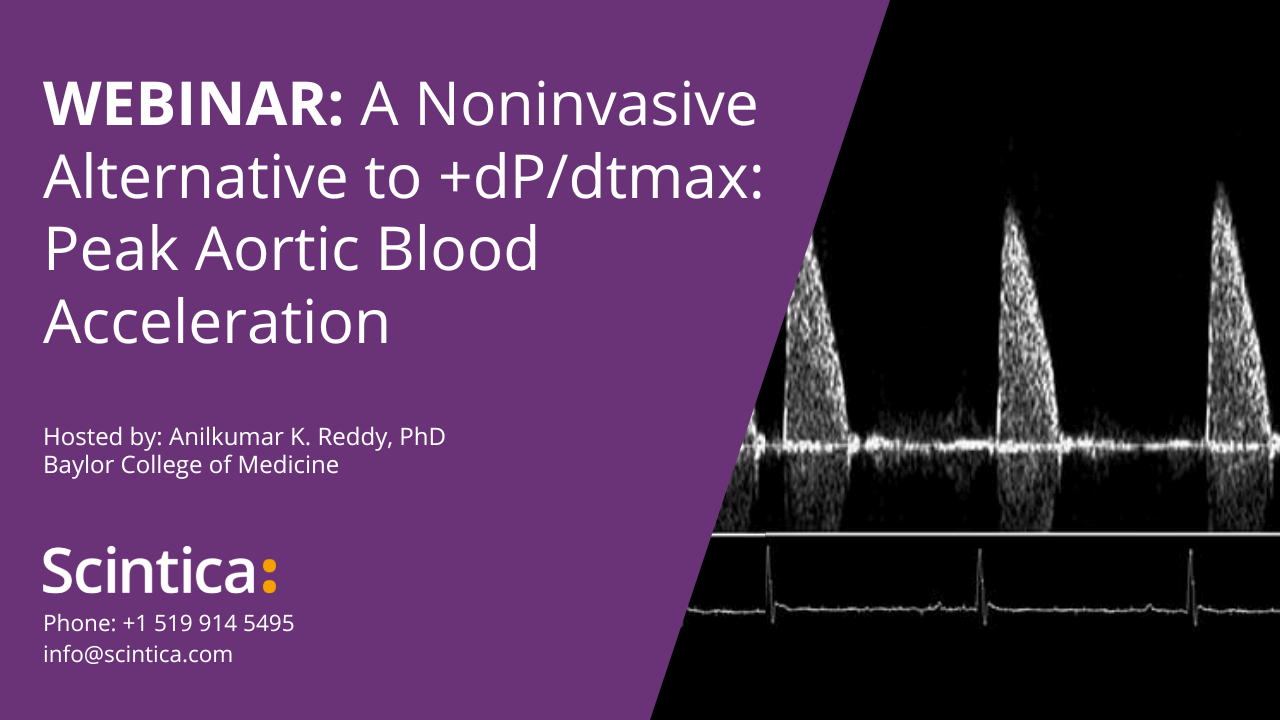WEBINAR: A Noninvasive Alternative to +dP/dtmax: Peak Aortic Blood Acceleration
- Evaluating cardiac contractility using peak aortic acceleration
- Investigating cardiac relaxation using mitral peak early velocity to peak atrial velocity ratio
- Interpreting myocardial perfusion capacity through coronary flow reserve at baseline and with disease or other conditions
- How Doppler Flow Velocity measurements can be used in translational research from mice to mammals
- Questions
- Slide Deck

About the Speaker (s)

Anilkumar K. Reddy, Ph.D.
Associate Professor
Baylor College of Medicine, Texas
Dr. Reddy’s research interests include evaluation of cardiac and vascular mechanics in senescent, disease, transgenic, and surgical models of mice. Some of the rodent models he studies include atherosclerosis, dwarf, myocardial infarction/remodeling, pressure overload, hypertension, absent vascular tone, and absent steroid receptor coactivator-1, with the main goal being to translate what is learned in mice to humans for early detection and screening.
Using noninvasive methods, such as pulsed Doppler Flow Velocity measurements as well as imaging methods, animals are phenotyped as abnormalities develop and progress, and their cardiovascular system is monitored as it adapts and compensates for the deterioration of function or for missing or over-expressed proteins. The main goal is to translate what is learned in mice to humans for detection and screening of cardiovascular diseases at an early stage when potential therapies can be most effective at preventing disease progression.